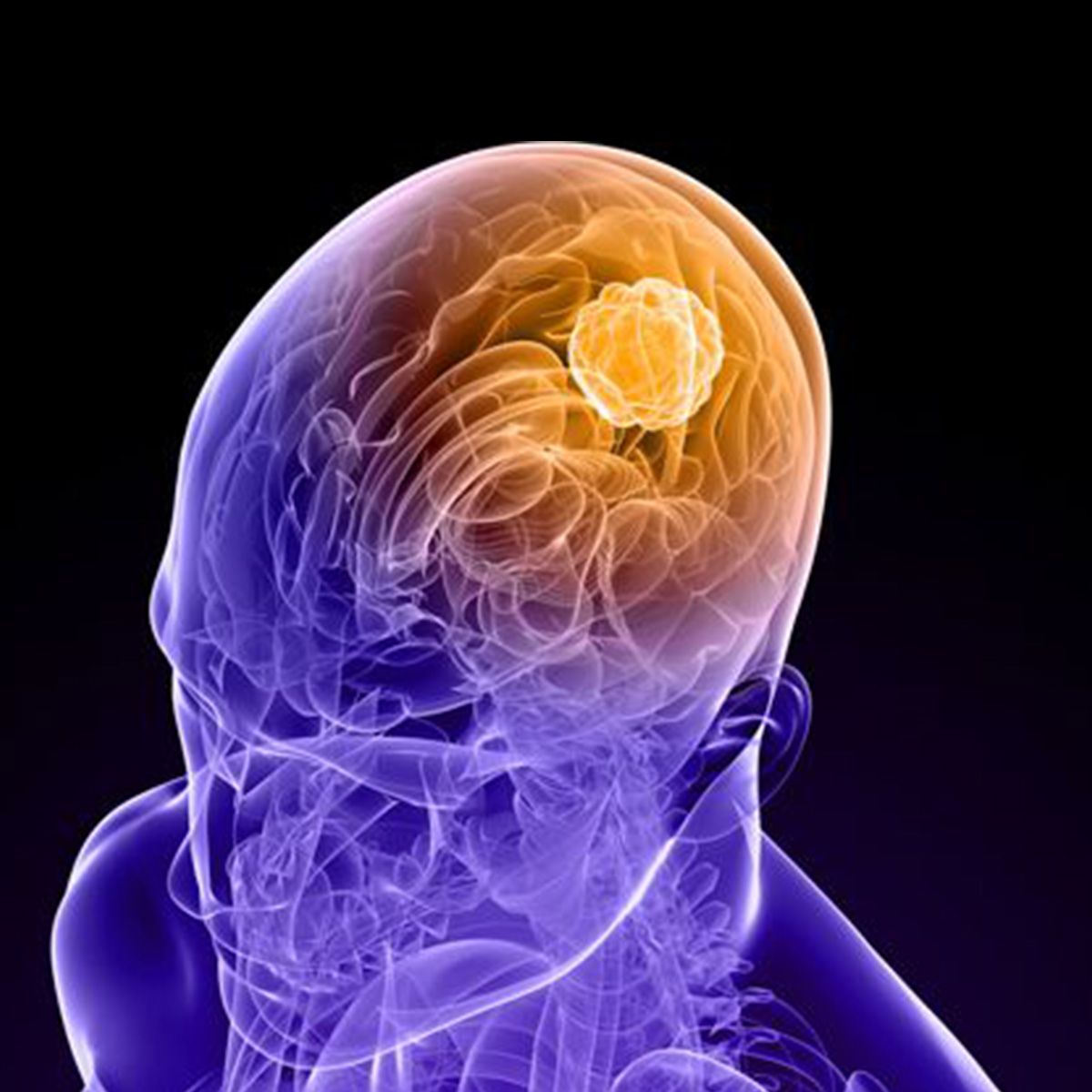
Brain Cancer
Latest News
Latest Videos

Podcasts
CME Content
More News

The FDA granted a complete response letter with no safety concerns for the new drug application for TLX101-CDx’s use in glioma imaging.

Findings from the phase 1 BrainChild-03 trial support breakthrough designation for BCB-276 for pediatric diffuse intrinsic pontine glioma.

VXM01 plus avelumab was tolerable and could potentially produce clinically meaningful responses in patients with recurrent glioblastoma.

A new drug application has been submitted to the FDA for dordaviprone to treat recurrent H3K27M-mutant diffuse glioma.

The FDA granted an orphan drug designation to herpes simplex virus type 1 (HSV-1) oncolytic virus MB-108 for malignant glioma treatment.
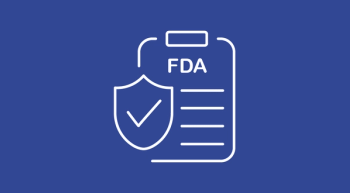
The FDA approved a companion diagnostic for vorasidenib for patients with grade 2 astrocytoma or oligodendroglioma.

An investigational formula of panobinostat called MTX110 may improve outcomes in patients with recurrent glioblastoma.

Weekly MR-Linac adaptive radiotherapy limited exposure to normal brain tissue in patients with high-grade glioma.

Throughout August, the FDA approved drugs for the treatment of diseases including non-small cell lung cancer, cutaneous T-cell lymphoma, astrocytoma/oligodendroglioma, and endometrial cancer.
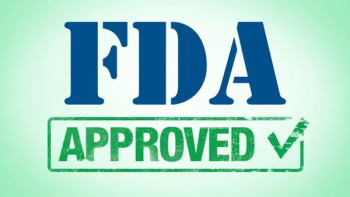
This marks the first approval of a systemic therapy for patients with grade 2 astrocytoma or oligodendroglioma with an IDH1 or IDH2 mutation.

Treatment with paxalisib in patients with newly diagnosed unmethylated glioblastoma was well tolerated with no new safety signals.
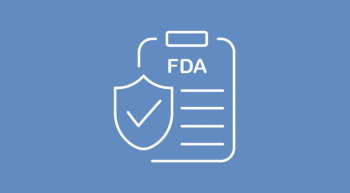
Throughout April, the FDA approved drugs for the treatment of diseases including solid tumors, lung cancer, multiple myeloma, bladder cancer, and low-grade glioma.

Oncology nurses can educate their patients on the latest developments in CAR T-cell therapy for the treatment of glioblastoma.

The FDA approved tovorafenib for certain patients with relapsed or refractory pediatric low-grade glioma.

Eflornithine (Iwilfin) received FDA approval to reduce the risk for relapse in pediatric and adult patients with high-risk neuroblastoma, making it the first therapy to reduce risk for relapse in children with the disease.

A brain tumor diagnosis can be daunting. Nurses are on the front lines connecting patients to available resources and walking them through the best treatment options.

Vorasidenib reduced the risk of progression or death by 61% compared with placebo for patients with grade 2 IDH-mutant glioma.

Treatment with the third-generation CAR T-cell agent GD2-CART01 was safe and feasible for patients aged 1 to 25 years with relapsed or refractory high-risk neuroblastoma.
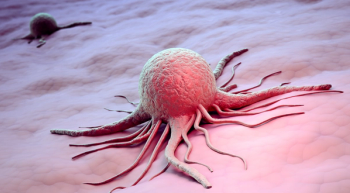
Single-agent adagrasib demonstrated a manageable safety profile and meaningful clinical activity in patients with KRAS G12C–mutated solid tumors.

Vorasidenib met its prespecified progression-free survival endpoint in the phase 3 INDIGO trial.

Among 71 patients with neuroblastoma, 48.6% achieved an objective response and 29% achieved a complete response with a 4-drug combination.

Concurrent treatment with reirradiation and bevacizumab prolonged progression-free survival, but not overall survival, in patients with recurrent glioblastoma.

The FDA approval of dabrafenib plus trametinib for BRAF V600E–mutated unresectable or metastatic solid tumors highlights a potential need for routine BRAF testing in clinical practice, experts say.

Investigators reported that 33% of patients receiving dabrafenib plus trametinib for BRAF V600E–mutated glioma responded to treatment, including 3 complete responses and 12 partial responses.

Preliminary findings from the phase 1/2a TEM-GBM study highlight the potential utility of temferon, genetically modified Tie2-expressing monocytes targeting interferon a2 in treating patients with glioblastoma.



